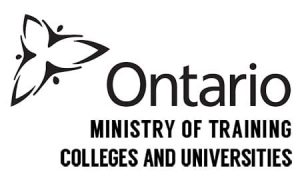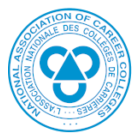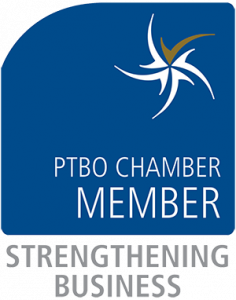Are you ready for a career change? Many people will change careers at least once during their lives. If you’re burnt out, looking for more money, or just ready for a change, dental hygiene may be right for you.
But, how can you get started in this new healthcare career? Here are the five key steps to becoming a dental hygienist.
1. Research the Career Thoroughly
Before you make a career change, your first step should be to carefully research your new career. You don’t want to pursue a new career and then realize you don’t actually like it. Carefully research the field of dental hygiene before you do anything else.
Make sure you have a clear idea of what dental hygienists do every day at work. You’ll need to educate patients about dental health, clean patients’ teeth, and assist dentists with dental treatments. You’ll work in a dental office environment and wear scrubs to work. If you’re sure you’re interested in becoming a dental hygienist, you can move on to the next step.
2. Apply to a Dental Hygienist College Program
Dental hygienists are healthcare professionals, and like other healthcare professionals, post-secondary studies are required to get started. Look for Ontario colleges that offer accredited dental hygienist programs. To apply to a dental hygiene program, you’ll typically need a high school diploma. A background in healthcare, science, or a related field can be helpful.
Choose your college carefully. Consider the reputation and location of the college and the experience of the instructors. Research the job prospects for graduates. If you like what you see, send in your application.
3. Study Hard and Graduate
After you’ve been admitted to a dental hygiene college program, you need to attend your classes and study hard. You’ll learn a mixture of theoretical and hands-on skills during your program. Theoretical learning can involve dental anatomy, head and neck anatomy, and microbiology. This learning will give you the base knowledge you need to succeed as a dental hygienist.
Hands-on skills refer to the day-to-day tasks you’ll perform as a dental hygienist. This includes conducting assessments of patients, taking dental impressions, and cleaning the teeth and gums. It also includes taking x-rays, applying fluoride treatments, and assisting with restorative procedures. By the time you’re finished your college program, you’ll have experience with all the hands-on tasks dental hygienists perform on a day-to-day basis. You’ll be well on your way to becoming a dental hygienist.
4. Pass Certification Examinations
Once you’ve graduated from a dental hygienist college program, the next step is to get certified. In Canada, dental hygienists need to pass the National Dental Hygiene Certification Examination (NDHCE). The National Dental Hygiene Certification Board provides preparatory tests online, so you can study beforehand.
After you’ve passed the NDHCE, you’ll need to pass a clinical exam. The clinical exam is provided by the College of Dental Hygienists of Ontario (CDHO). During the clinical exam, you’ll display your proficiency in hands-on skills. If you studied hard while you were in college, you shouldn’t have any trouble showing off your hands-on skills.
5. Look for Work as a Dental Hygienist
Once you’ve passed your exams, you can start looking for work as a dental hygienist. You can look for work as an employee, or you can become self-employed. Traditionally employed dental hygienists can get hired by dentists in their dental practices. They can also find work in places like hospitals, educational institutions, or government agencies. Self-employed dental hygienists can offer their services to multiple dentists or companies.






